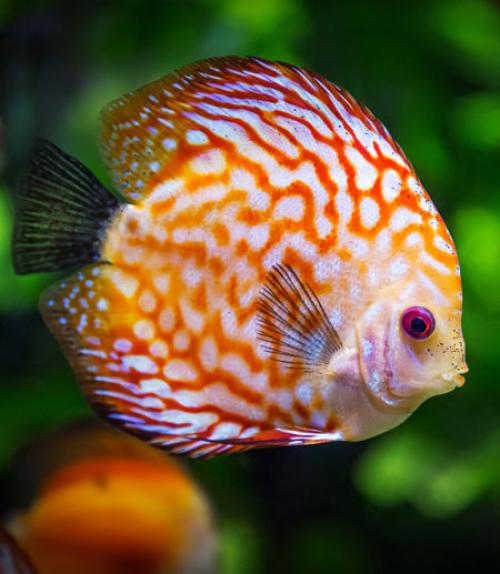This is an episode in the “What Makes Us Human?” podcast from Cornell University’s College of Arts & Sciences, showcasing the newest thinking from across the disciplines about what it means to be human in the twenty-first century. Featuring audio essays written and recorded by Cornell faculty, the series releases a new episode each Tuesday through the fall.
Those of us who study animals do not necessarily have understanding humans as the goal. We often seek to understand some of the millions of other animal species living on the planet. Nonetheless, recent discoveries have undeniably cast a new light on our own species. Research in genomics, neuroscience, and animal behavior has shown that we share a surprisingly large chunk of our genome with very distant relatives, even fruit flies, that our brain plans have much in common with those of frogs or birds, and that much of our most prized and supposedly unique behavior is special only in magnitude at best and not in kind. The realization that all those other animals are our cousins under the skin is powerfully humbling. It can also be marvelously life affirming, as when the weird and wonderful world of the more than 25,000 living fish species inspires celebrating our “inner fish.”
Layered on top of the commonalities that have been conserved over long periods of evolutionary time is diversity: the striking variation reflecting how different ecological and social pressures have produced multiple solutions to life’s problems. That variation is an equally essential context for viewing humans. For example, all animals and human societies have mating systems, that is, patterns of who mates with whom and what kinds of mates are preferred. There is substantial diversity in these patterns, and nothing humans have dreamed up appears to be evolutionarily novel. Monogamy? That has evolved independently many times in the tree of animal life, even in insects, and none of the human flavors ranging from strict adherence (lifelong attachment and fidelity) to serial monogamy or extra-pair sex are particularly unusual. Oral sex? That is the required mode of fertilization in some fish species. Mating with the same sex? There are enough examples from the non-human world to fill entire books. A broader non-human context allows humans to be compared to something else rather than considered in free floating isolation. For those interested in possible biological factors underlying human patterns and preferences, it enables the formulation of hypotheses that are plausible.
An important message from evolutionary biology is that evolutionary change due to natural selection can occur rapidly and is going on most of the time. The human genome also contains signs of recent and ongoing change due to selection. Humans have been evolving ever since they first appeared and will continue evolving. They are not frozen in time. Another important message is that differences between individuals occur in all species and provide the essential raw material upon which selection acts to produce evolutionary change. Humans are not special in this regard. From this viewpoint, phrases like “the human” sound very odd. Which human? During which time period? Is there even any such thing as “the human?”
More "What Makes Us Human" podcasts are available on iTunes and Soundcloud.




